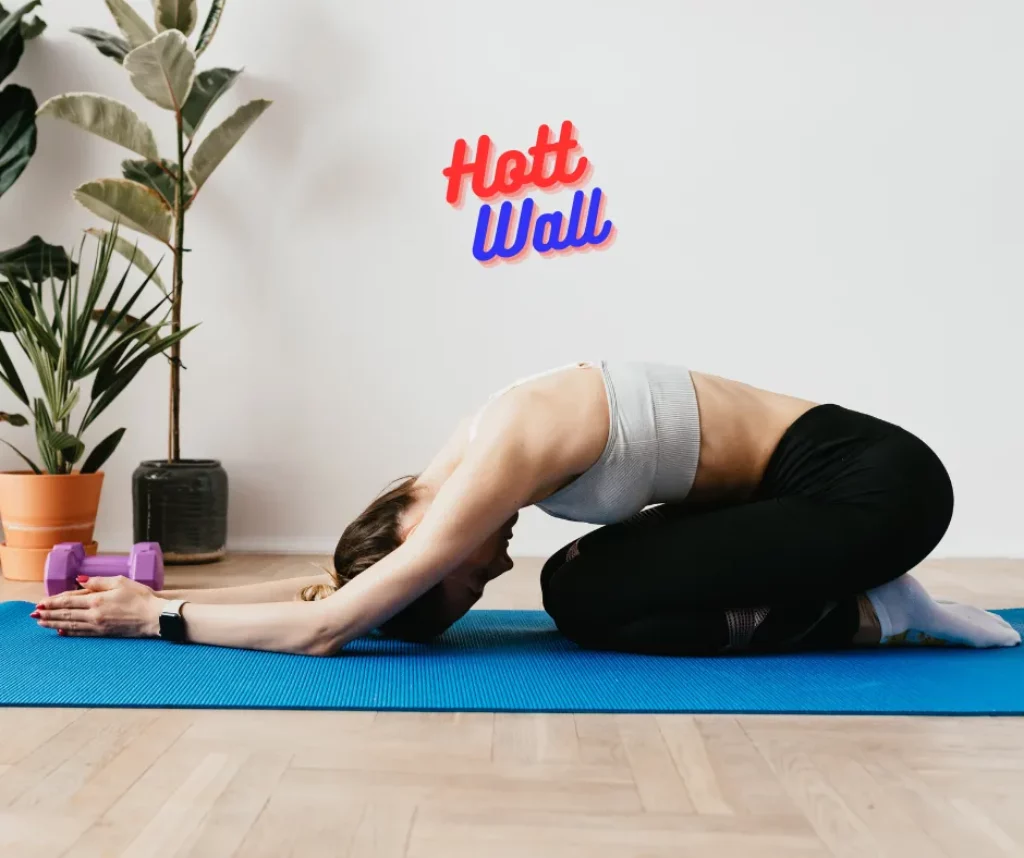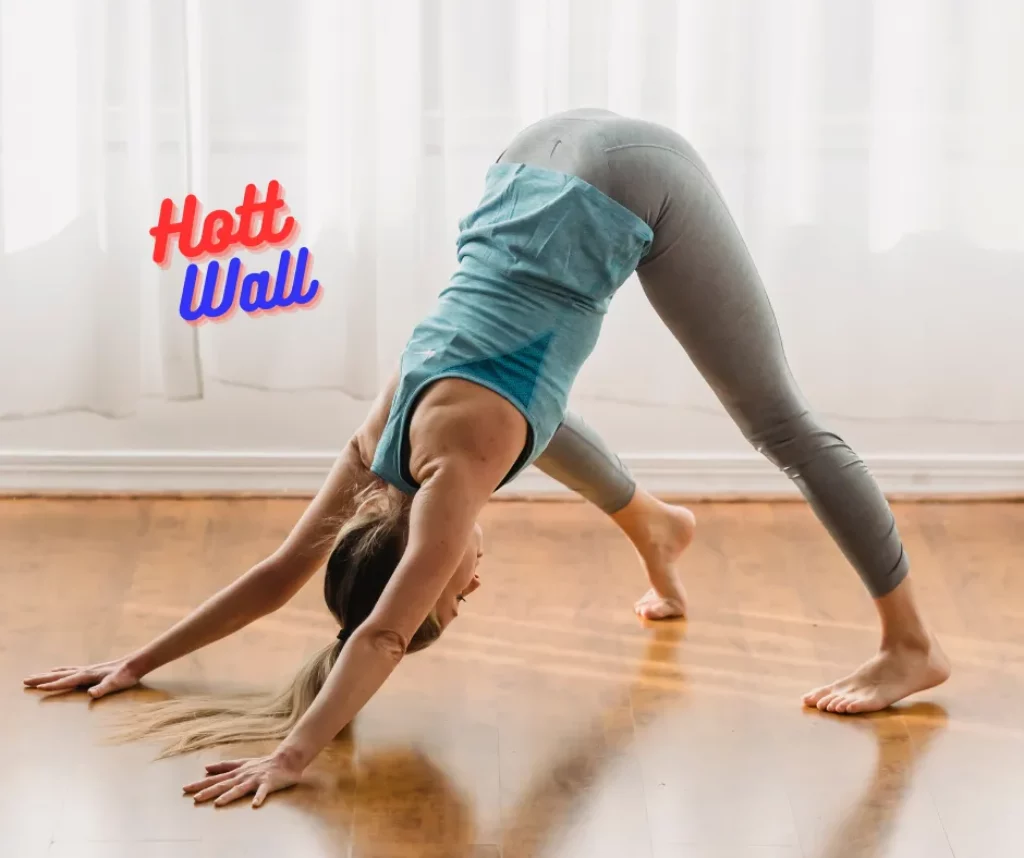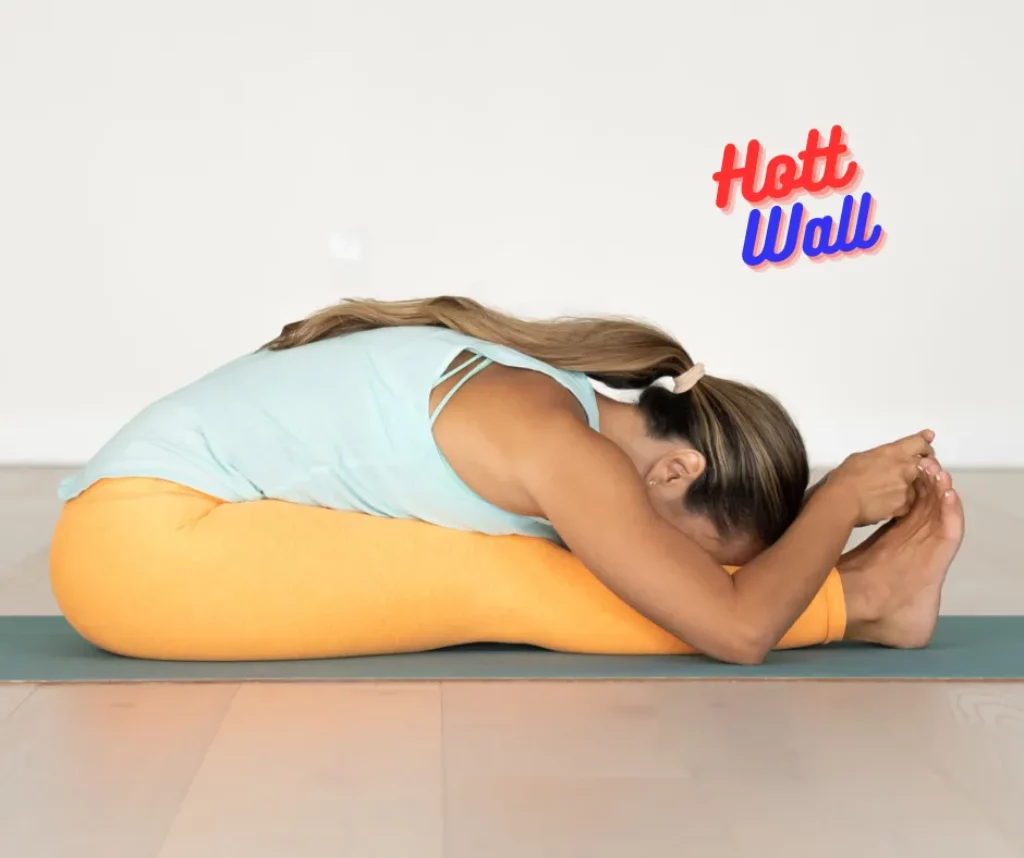
1. Introduction
Starting your day with a series of well-designed stretches can set a positive tone for the rest of the day. Morning stretches not only help in waking up your body but also prepare your mind for the challenges ahead. This article will explore the numerous benefits of morning stretching, provide a detailed guide to some of the best stretches to include in your routine, and offer insights from fitness experts to help you make the most out of your morning routine.

2. Benefits of Morning Stretches
Physical Benefits
Engaging in morning stretches helps to increase blood flow to your muscles, improving flexibility and reducing the risk of injuries. It also aids in relieving any stiffness that may have developed overnight, ensuring that your body is ready to take on the day. Regular stretching can also enhance muscle coordination and support joint health, making it easier to move through daily activities.
Mental Benefits
Beyond the physical advantages, morning stretches offer significant mental benefits. They promote relaxation and reduce stress, helping you start your day with a clear and focused mind. Stretching can also improve mood by releasing endorphins, which are natural mood lifters. Over time, incorporating stretching into your morning routine can contribute to better mental clarity and emotional stability.
3. Preparing for Morning Stretches
Choosing the Right Time and Place
The best time for morning stretches is shortly after waking up. Choose a quiet, comfortable space where you can stretch without distractions. Ensure that the area is free from clutter and has enough room for you to move freely.
Essential Equipment or Clothing
While most morning stretches require no equipment, wearing comfortable, stretchy clothing is crucial. Consider using a yoga mat to provide cushioning and stability, especially if you’re performing stretches on a hard floor.
Hydration and Nutrition Tips
Before beginning your morning stretches, it’s advisable to drink a glass of water to hydrate your body after hours of sleep. Avoid eating a heavy meal immediately before stretching, but a light snack like a banana can provide quick energy if needed.
4. Best Morning Stretches to Start Your Day
Stretch #1: Cat-Cow Pose
This gentle flow between two poses warms up your spine, releasing tension in your neck and back. It’s excellent for increasing flexibility and improving posture.

Cat-Cow Pose: How-To, Benefits, Common Mistakes
Start on all fours with your wrists directly under your shoulders and your knees under your hips. Inhale as you drop your belly towards the mat, lifting your head and tailbone (Cow Pose). Exhale as you round your back towards the ceiling, tucking your chin to your chest (Cat Pose). Repeat for several breaths.
Benefits: Improves spinal flexibility, relieves back tension, and promotes better posture.
Common Mistakes: Avoid collapsing the lower back too much and keep your movements controlled and smooth.
Stretch #2: Child’s Pose
A resting stretch that relaxes your back, hips, and thighs. It’s also beneficial for reducing stress and calming the mind.

Child’s Pose: How-To, Benefits, Common Mistakes
Begin by kneeling on the floor, then sit back on your heels and stretch your arms forward, lowering your forehead to the mat. Hold the pose while breathing deeply.
Benefits: Stretches the back, hips, and thighs; reduces stress and anxiety.
Common Mistakes: Ensure that your buttocks are as close to your heels as possible and avoid holding tension in your shoulders.
Stretch #3: Downward Dog
A classic yoga pose that stretches the entire body, particularly the hamstrings, calves, and shoulders. It also helps in improving circulation and energy levels.

Downward Dog: How-To, Benefits, Common Mistakes
From all fours, lift your hips towards the ceiling, forming an inverted V-shape. Keep your hands shoulder-width apart and your feet hip-width apart. Hold for a few breaths.
Benefits: Stretches the entire body, improves circulation, and energizes the mind.
Common Mistakes: Don’t let your heels lift too high off the ground or your lower back collapse.
Stretch #4: Standing Forward Bend
This stretch lengthens your hamstrings, calves, and lower back. It also promotes relaxation by calming the nervous system.

Standing Forward Bend: How-To, Benefits, Common Mistakes
Stand with your feet hip-width apart, and slowly bend forward at the hips, reaching towards the ground. Let your head hang heavy and hold the pose.
Benefits: Stretches the hamstrings, calves, and lower back; calms the nervous system.
Common Mistakes: Avoid locking your knees and keep your weight evenly distributed on both feet.
Stretch #5: Seated Forward Bend
Focusing on the spine, shoulders, and hamstrings, this stretch is great for enhancing flexibility and reducing stress.

Seated Forward Bend: How-To, Benefits, Common Mistakes
Sit with your legs extended straight in front of you, then slowly bend forward from the hips, reaching towards your feet. Keep your back straight and breathe deeply.
Benefits: Enhances flexibility in the spine and hamstrings, reduces stress.
Common Mistakes: Don’t force the stretch; keep your spine elongated and avoid rounding your back.
5. Integrating Stretches into Your Daily Routine
Creating a Morning Stretching Routine
To reap the full benefits of morning stretches, consistency is key. Start with a short, manageable routine of 5-10 minutes, gradually increasing the time as you become more comfortable. Aim to perform your stretches at the same time each morning to establish a habit.
Pairing Stretches with Breathing Exercises
Incorporating deep breathing exercises into your stretching routine can enhance relaxation and improve the overall effectiveness of your stretches. Focus on slow, deep breaths, syncing your breathing with your movements.
Stretches to Avoid in the Morning
While stretching in the morning is generally beneficial, certain stretches that require intense flexibility or deep backbends should be approached with caution, especially if your body is still stiff from sleep. Stick to gentle, dynamic stretches that warm up your body gradually.
6. Expert Insights on Morning Stretching
Quotes from Fitness Experts
“Starting your day with a stretching routine is one of the best ways to wake up your muscles and mind. It doesn’t just prepare you physically, but also sets a positive tone for your day.” – Jane Doe, Certified Yoga Instructor.
Research Studies Supporting Morning Stretches
Studies have shown that regular morning stretching can improve flexibility, reduce stress, and even enhance cognitive function. Research also indicates that stretching helps in reducing the risk of injuries by improving muscle elasticity and joint mobility.
7. Common Mistakes to Avoid
Overstretching
It’s essential to listen to your body and avoid pushing your stretches too far, especially in the morning when your muscles may still be stiff. Overstretching can lead to muscle strains or injuries.
Skipping Warm-Up
Even though stretching is often used as a warm-up, it’s crucial to gently warm up your body with light activity before engaging in deeper stretches. This helps prevent injuries and improves flexibility.
Incorrect Posture
Maintaining proper form during stretches is vital to avoid injury and ensure that you’re getting the full benefit of each movement. Pay attention to alignment and avoid slouching or twisting incorrectly.
8. Modifications for Beginners or Those with Limitations
Beginner-Friendly Alternatives
If you’re new to stretching, start with modified versions of common stretches. For example, if touching your toes in a forward bend is challenging, bend your knees slightly or use a yoga strap for assistance.
Tips for Individuals with Limited Flexibility
For those with limited flexibility, it’s important to focus on gradual progress. Use props like blocks or straps to support your stretches, and remember that consistency is more important than intensity.
9. Benefits of Consistency in Stretching
Long-Term Physical Health Benefits
Consistently stretching every morning can lead to lasting improvements in flexibility, muscle tone, and overall physical health. It helps in preventing stiffness and reducing the risk of injury over time.
Mental Well-Being and Stress Reduction
Regular stretching is not only beneficial for your body but also for your mind. By incorporating it into your daily routine, you can reduce stress levels, improve your mood, and enjoy a greater sense of well-being.
10. Future Trends in Morning Stretching
Technology-Assisted Stretching (Apps, Wearables)
As technology advances, more people are turning to apps and wearables to guide their stretching routines. These tools offer personalized stretching plans, track progress, and provide real-time feedback on form and posture.
Group Morning Stretching Sessions (Virtual and In-Person)
Group stretching sessions, both virtual and in-person, are becoming increasingly popular. These sessions offer a sense of community and motivation, making it easier to stay committed to a regular routine.
11. Conclusion
Morning stretches are a simple yet powerful way to start your day on the right foot. They offer numerous physical and mental benefits, from increased flexibility and reduced risk of injury to improved mood and stress reduction. By incorporating these stretches into your daily routine, you can set a positive tone for the day ahead and enjoy long-term health benefits. Make stretching a consistent part of your morning, and you’ll likely find yourself feeling more energized, focused, and ready to tackle whatever the day brings.
FAQ
Why should I do stretches in the morning?
Morning stretches help to wake up your body, increase blood circulation, improve flexibility, and reduce muscle stiffness from sleep. They also set a positive tone for the day, reducing stress and improving mental clarity.
How long should a morning stretching routine be?
A morning stretching routine can be as short as 5-10 minutes. It’s more important to be consistent with your routine than to stretch for a long period. As you become more comfortable, you can gradually extend the duration.
Do I need any equipment for morning stretches?
Most morning stretches don’t require any equipment, but a yoga mat can provide cushioning and stability. Wearing comfortable, stretchy clothing is also important to allow full range of motion.
Can I stretch on an empty stomach?
Yes, you can stretch on an empty stomach. However, it’s a good idea to drink a glass of water to hydrate your body after sleep. If you prefer, a light snack like a piece of fruit can provide quick energy.
What are some common mistakes to avoid during morning stretches?
Common mistakes include overstretching, skipping a warm-up, and using incorrect posture. It’s important to listen to your body, start with gentle movements, and ensure proper form to avoid injury.





